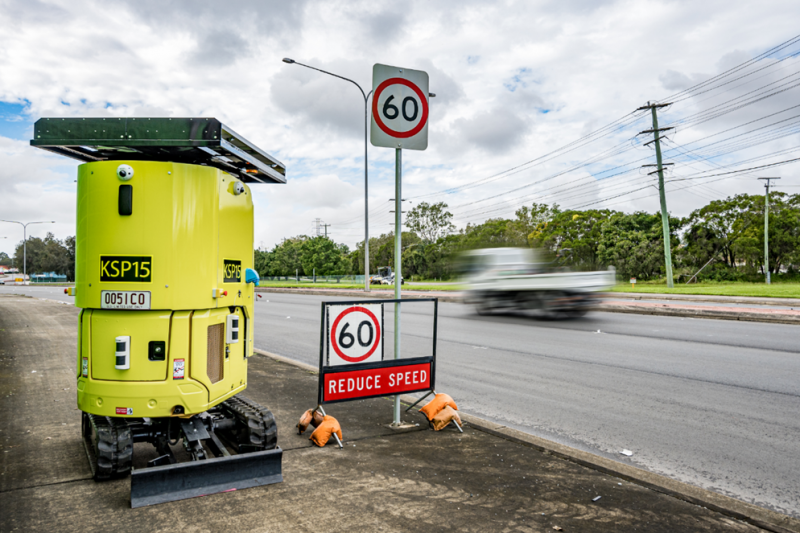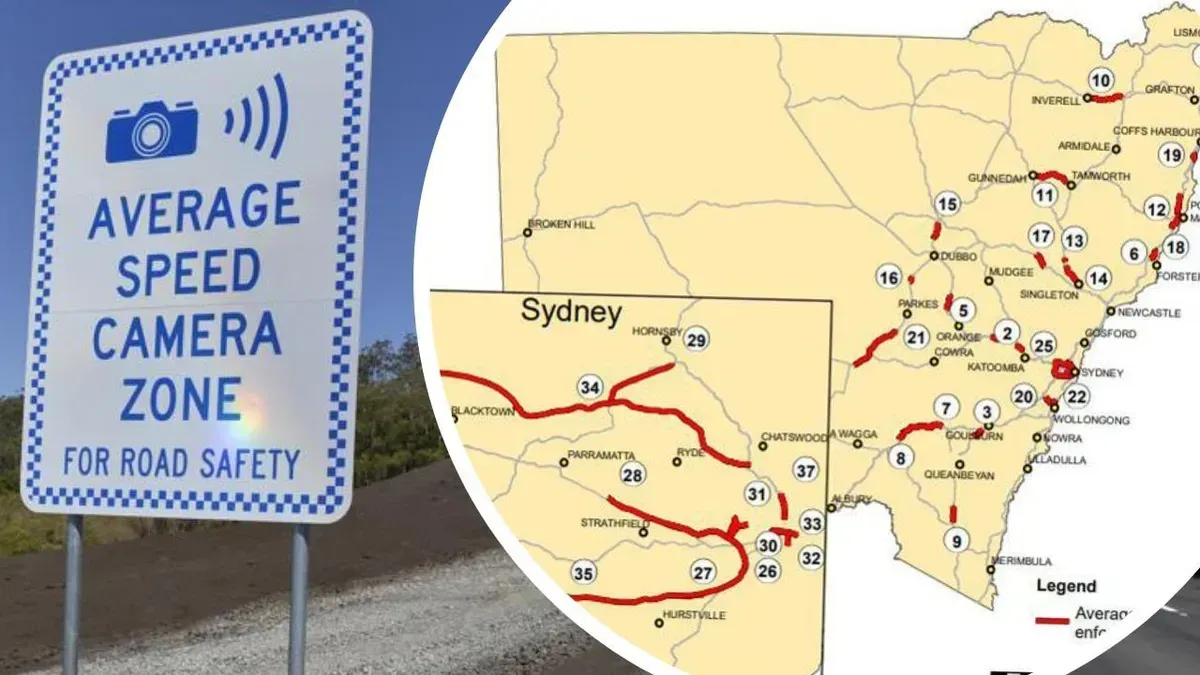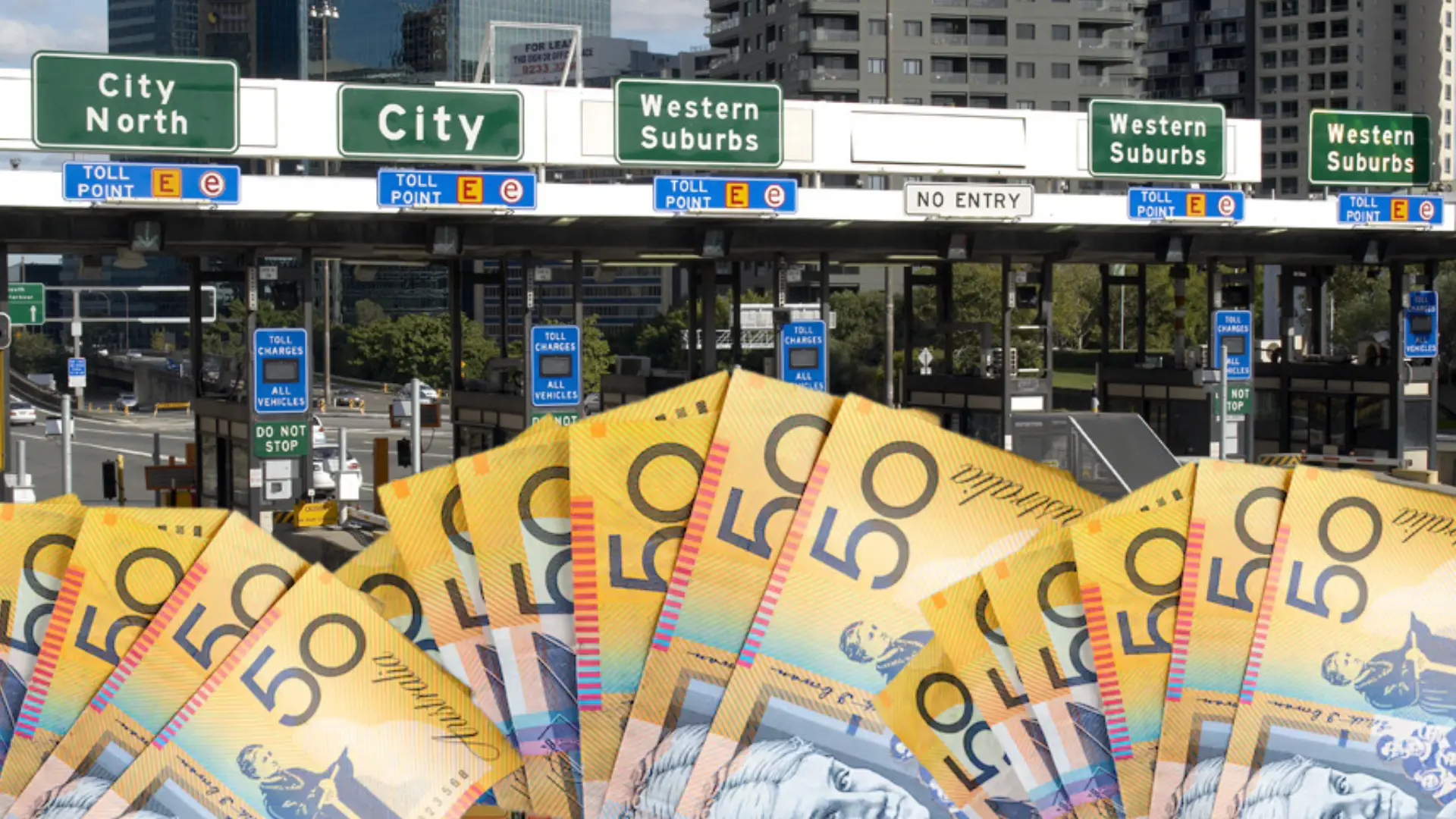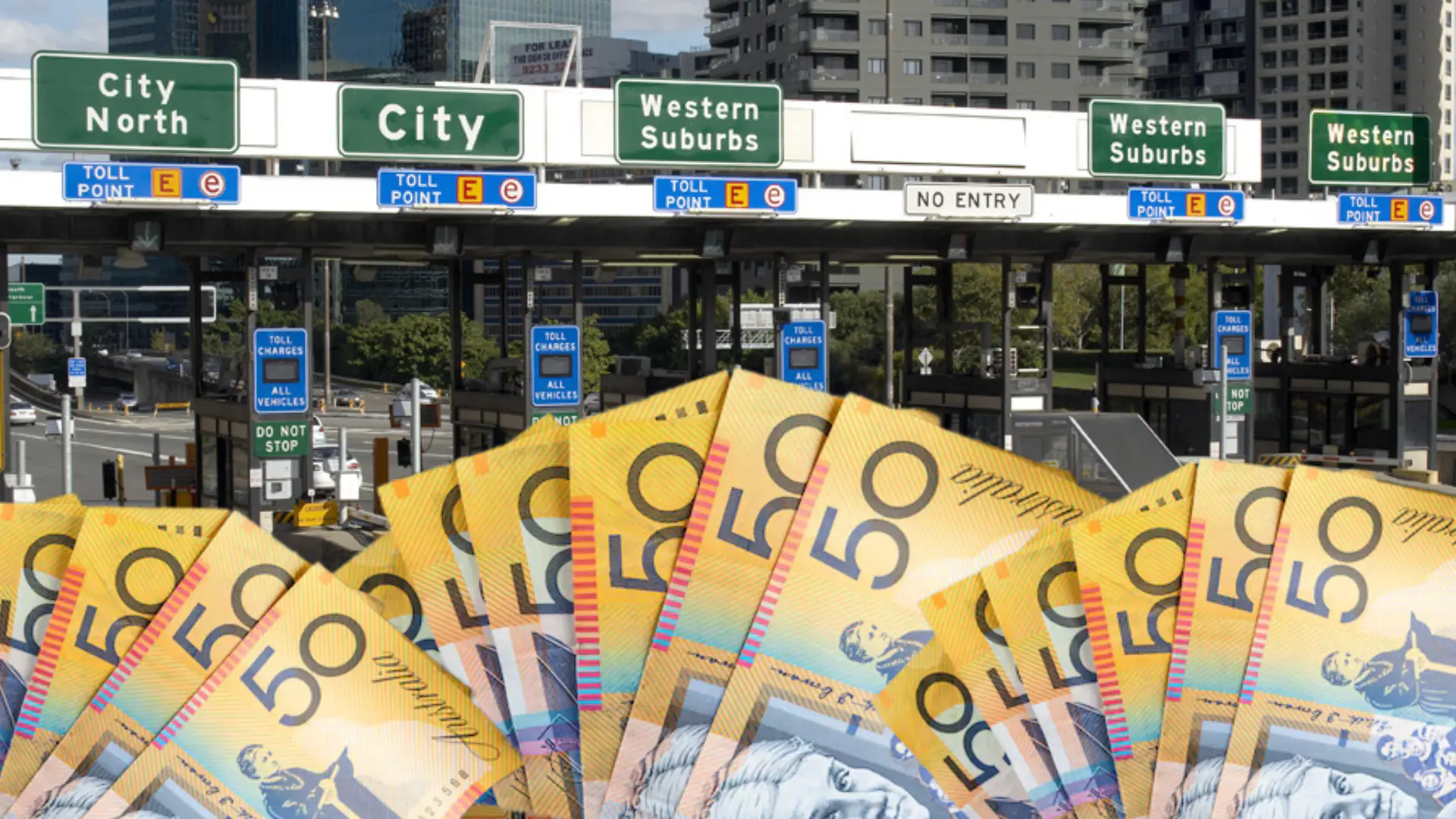Recent data reveals that low-level speeding fines are becoming a significant source of revenue for some states, raising questions about the balance between road safety measures and government funding strategies.
- Revenue Generation:
- States and local governments collected $13 billion from fines, fees, and forfeitures in 2021.
- This represents 0.3% of state and local general revenue.
- Allocation of Funds:
- At least 43 states distribute some portion of speeding ticket revenue to courts or law enforcement.
- 17 states allocate fines to courts or law enforcement funds, 39 states distribute fees to these uses.
- Public Perception:
- 38% of respondents in a Queensland survey believed low-level speeding is socially acceptable.
- Support for speed camera enforcement remains high, between 49% and 81%.
- Safety Concerns:
- Up to 19.2% of all casualty crashes attributed to low-level speeding (1-10km/h over limit).
- Potential Issues:
- Possible conflict of interest for law enforcement agencies relying on citation revenue.
- Risk of aggressive ticketing to fund public services.
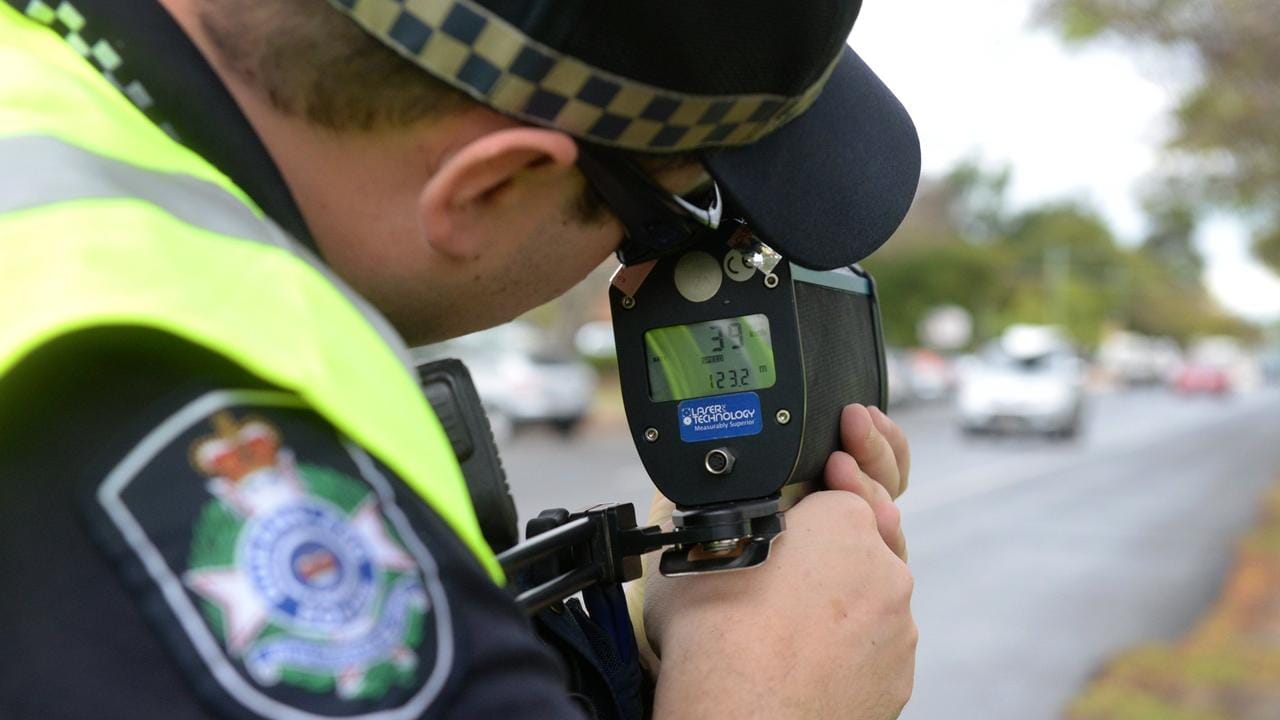
In at least 43 states, some portion of speeding ticket revenue is distributed to courts or law enforcement. There are 17 states allocating a share of fines to courts or law enforcement funds, while 39 states distribute some fees to these uses. In most states, accumulated fees far exceed the base fines, contributing to high rates of unpaid tickets and court debt.
The fines and fees can have a disproportionate impact on lower-income residents, particularly Black and Latinx households. Cities with larger Black populations tend to rely more on fines and court fees to raise revenue. The inability to pay fines can lead to severe consequences, including driver's license suspension, lowered credit scores, loss of voting rights, job loss, and even arrest or jail time.
Some studies have revealed that court-imposed fines and fees are often inefficient, with some counties spending up to $1.17 in court hearing and jail costs for every $1 they ultimately collect. Research shows a clear relationship between speed and crash rates. Higher speeds lead to higher collision speeds and more severe injuries. Low-level speeding (1-10km/h over the limit) was found to contribute to up to 19.2% of all casualty crashes.
- Some scholars suggest changing the rules about who keeps the money generated by traffic tickets to remove incentives for revenue maximization.
- Implementing "ability-to-pay" hearings to consider whether defendants have the means to pay the charges could help address issues of uncollected debt and disproportionate impact.
While low-level speeding fines contribute to state revenues and aim to improve road safety, the growing reliance on this income source raises concerns about the motivations behind enforcement and the impact on public trust in traffic laws.



